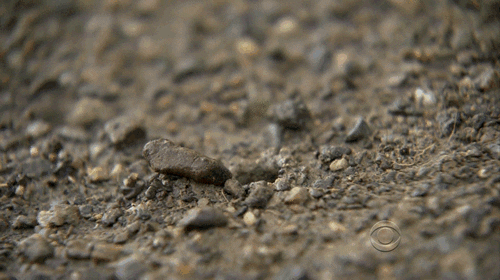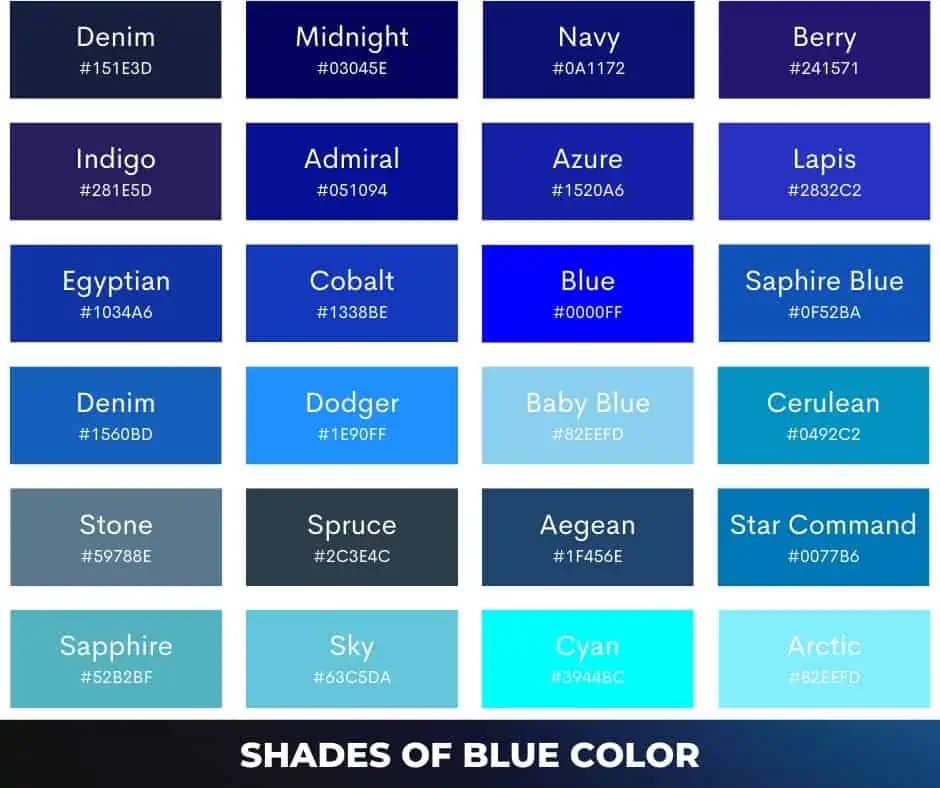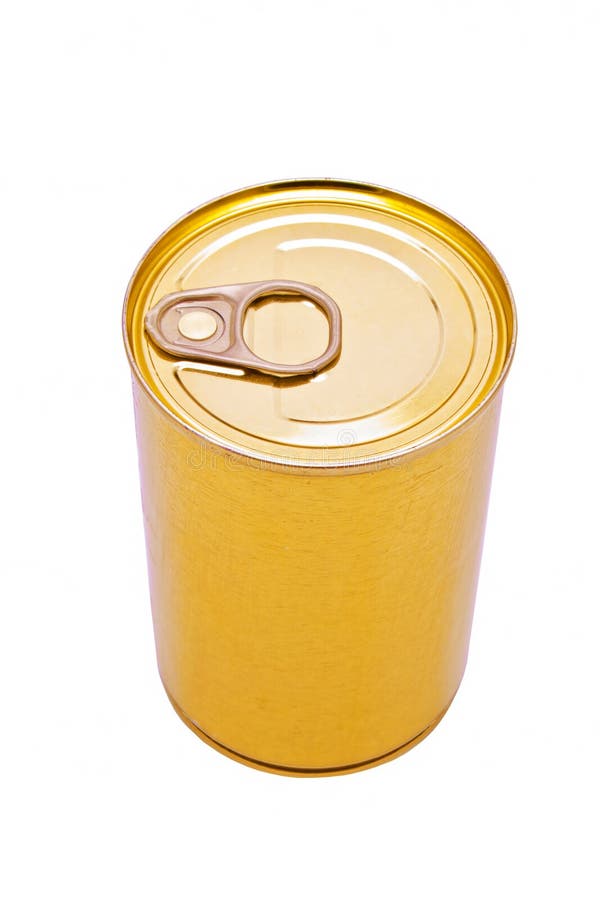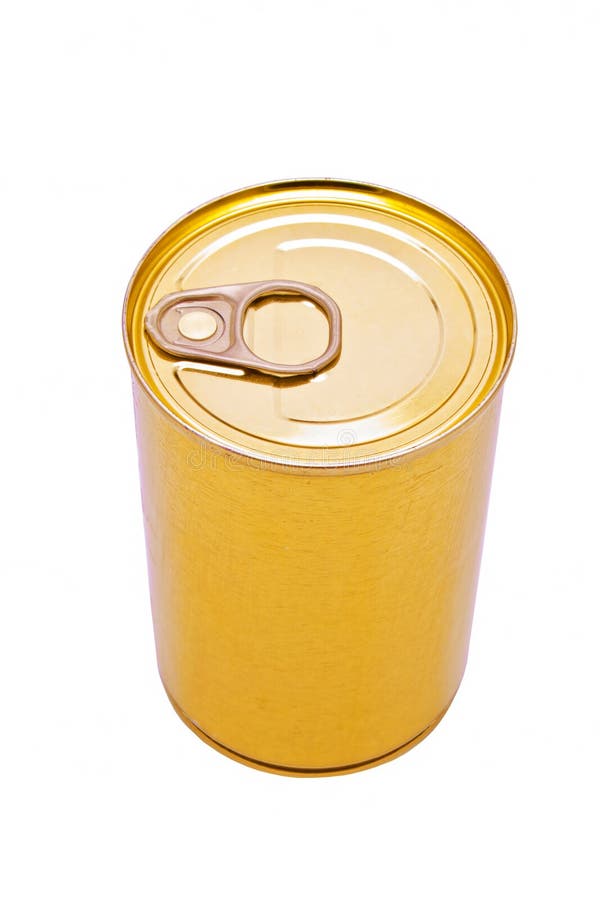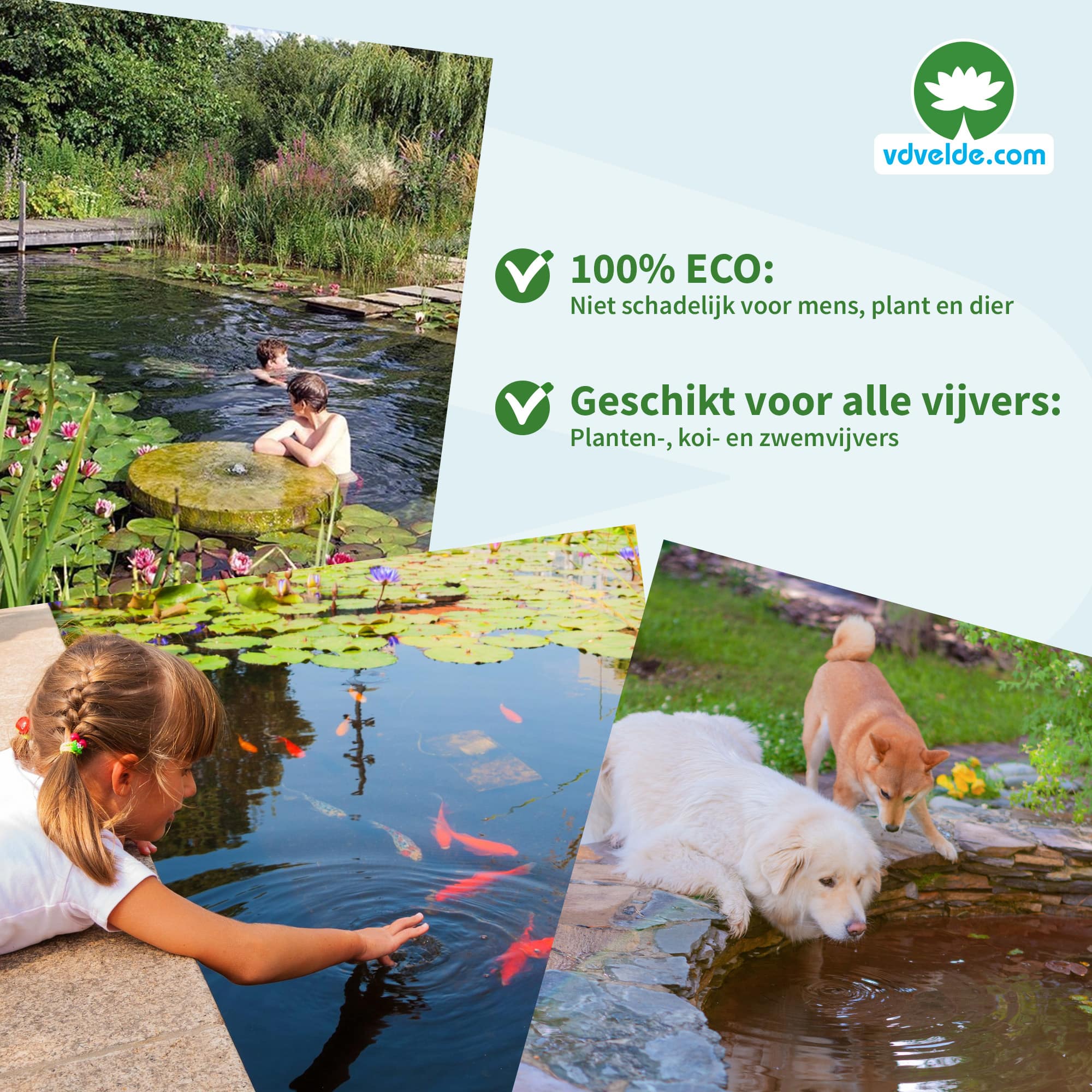Is a Blue Tongue Skink the Right Pet for You? Comprehensive Guide to Ownership
Introduction: Understanding Blue Tongue Skinks as Pets
Blue tongue skinks (
Tiliqua
spp.) have become increasingly popular in the exotic pet world due to their unique appearance, manageable size, and generally mild temperament. If you’re considering adding one to your household, it’s critical to understand what makes them good pets, their care requirements, and how to provide a suitable environment for their wellbeing. This guide delivers actionable, expert-backed advice to help you make an informed decision.
Temperament and Handling: Are Blue Tongue Skinks Friendly?
One of the main reasons blue tongue skinks are recommended for both beginners and experienced reptile keepers is their generally calm and docile nature . When properly socialized and handled with care, these lizards tend to be tolerant of human interaction and rarely show aggression [5] . However, acclimation is key:
- Allow new skinks to adjust to their environment before handling.
- Initial sessions should be short (less than 10 minutes), gradually building trust.
- Always support the entire body during handling, and avoid sudden movements [5] .
Case studies from experienced keepers frequently cite blue tongue skinks as pets that develop individual personalities and actively explore their enclosures. With patience, many owners report their skinks will eat from their hands and respond to gentle interaction. However, skinks are solitary and should be housed alone to prevent fighting [1] .
Habitat Requirements: Setting Up a Comfortable Home
A suitable habitat is essential for your skink’s health and happiness. Adult blue tongue skinks require a spacious enclosure -at least 36 to 48 inches long, 18 to 24 inches wide, and 18 to 24 inches high [1] , [3] . The enclosure should be well-ventilated and escape-proof. Key setup steps include:
- Substrate Selection: Use cypress mulch, aspen shavings, or a coconut fiber mix to maintain humidity (ideally 25-40%). Avoid sand or gravel to prevent accidental ingestion [3] .
- Temperature Gradient: Maintain a gradient from 75°F (cool side) to 95°F (basking spot). Use overhead basking lights and avoid heat rocks or under-tank heaters [3] .
- Lighting: Provide UVB lighting for vitamin D3 synthesis and calcium absorption. A 12-hour light cycle is recommended for overall health [1] .
- Furnishings: Add hiding spots, sturdy branches, and climbing materials to encourage natural behavior and exercise [1] .
- Water: Use a heavy, tip-proof water bowl large enough for soaking, which aids in shedding [1] .
Some owners opt for bioactive setups, which can help maintain humidity and reduce cleaning frequency. Regular spot cleaning is recommended daily, with a full enclosure clean every 4 weeks or as needed [2] .
Diet and Feeding: What Do Blue Tongue Skinks Eat?
Blue tongue skinks are omnivores , meaning they require a mixed diet of animal and plant matter. Their nutritional needs change as they age:
- Juveniles (under 12 months): 70-80% high-protein foods (e.g., insects, cooked lean meats, high-quality dog food).
- Adults: 50-60% protein sources, with the remainder from leafy greens and vegetables. Fruits can be offered occasionally as treats [4] .
Sample feeding schedule:

Source: gbu-hamovniki.ru
- Feed juveniles daily, adults every other day.
- Offer a variety of foods to ensure balanced nutrition.
- Include calcium and vitamin supplements as advised by exotic veterinarians.
Owners often prepare gel diets or use commercial skink food as part of the routine. Always provide fresh water and remove uneaten food promptly to maintain cleanliness [1] .
Health and Maintenance: Keeping Your Skink Thriving
Blue tongue skinks are generally robust, but they require regular care and observation for signs of illness. Key practices include:
- Spot clean the enclosure daily; perform a thorough cleaning every 4 weeks [2] .
- Monitor humidity, temperature, and lighting.
- Check for signs of shedding problems, lethargy, or loss of appetite.
- Schedule annual veterinary checkups with an exotic pet specialist. If you need a vet, you can ask for recommendations at your local reptile shop or search for ‘exotic animal vet near me’ using reputable directories.
Potential health challenges include metabolic bone disease (from inadequate UVB or calcium), respiratory infections (from poor ventilation or incorrect humidity), and impaction (from ingesting inappropriate substrate). Prompt veterinary attention is critical for any unusual symptoms.
Practical Steps: How to Get Started with Blue Tongue Skinks
If you’re ready to become a blue tongue skink owner, follow these practical steps:
- Research reputable breeders or rescue organizations -avoid impulse purchases from pet stores without verifiable husbandry standards.
- Prepare your enclosure and supplies before acquiring the animal. This includes substrate, lighting, heat sources, décor, and food.
- Consult with an exotic pet veterinarian for a pre-purchase health assessment and ongoing care advice.
- Join online forums and local herpetological societies for peer advice and support. Use search terms such as “blue tongue skink care forum” or “local herpetological society” in your favorite search engine.
- Read expert care sheets and guides from established sources. For example, you can visit the Arizona Exotic Animal Hospital or Reptile Centre for detailed care instructions.
Pricing for blue tongue skinks varies by species, locality, and breeder reputation. As of early 2025, prices typically range from $250 to $600 for captive-bred individuals, but rare morphs or localities may command higher prices. Always verify seller credentials and ask for documentation regarding the skink’s health and origin.

Source: ar.inspiredpencil.com
Challenges and Alternatives: Is a Blue Tongue Skink Right for You?
Despite their strengths, blue tongue skinks may not suit every household. Consider these potential challenges before committing:
- They require daily spot cleaning and regular maintenance.
- Blue tongue skinks are solitary; cohabitation with other reptiles is not recommended.
- Long-term commitment: skinks can live 15-20 years with proper care.
- Initial setup costs for enclosures, lighting, and décor can be significant.
If you’re seeking a pet with less intensive habitat requirements or shorter lifespan, alternatives might include leopard geckos, corn snakes, or small amphibians. Each species has unique care needs-research thoroughly before making your choice.
Summary: Key Takeaways for Prospective Owners
Blue tongue skinks are excellent pets for those willing to invest in proper care and habitat setup. Their docile nature, omnivorous diet, and fascinating behaviors make them rewarding companions. However, they require a significant commitment to regular maintenance, specialized equipment, and ongoing veterinary care. By following the detailed steps outlined above and consulting expert sources, you can ensure a healthy, happy life for your blue tongue skink.
References
- [1] Arizona Exotic Animal Hospital (2016). Basic Care: Blue-Tongue Skinks.
- [2] Reptile Centre (2025). Blue-Tongued Skink Care Guide: Feeding, Habitat & Health.
- [3] Broomfield Veterinary Hospital (2024). How to Care for a Blue Tongue Skink.
- [4] Zen Habitats (2025). Blue-Tongued Skink Care Sheet | ReptiFiles.
- [5] Reptiles Magazine (2023). Blue-Tongue Skink Care Sheet.
MORE FROM getscholarships.de

